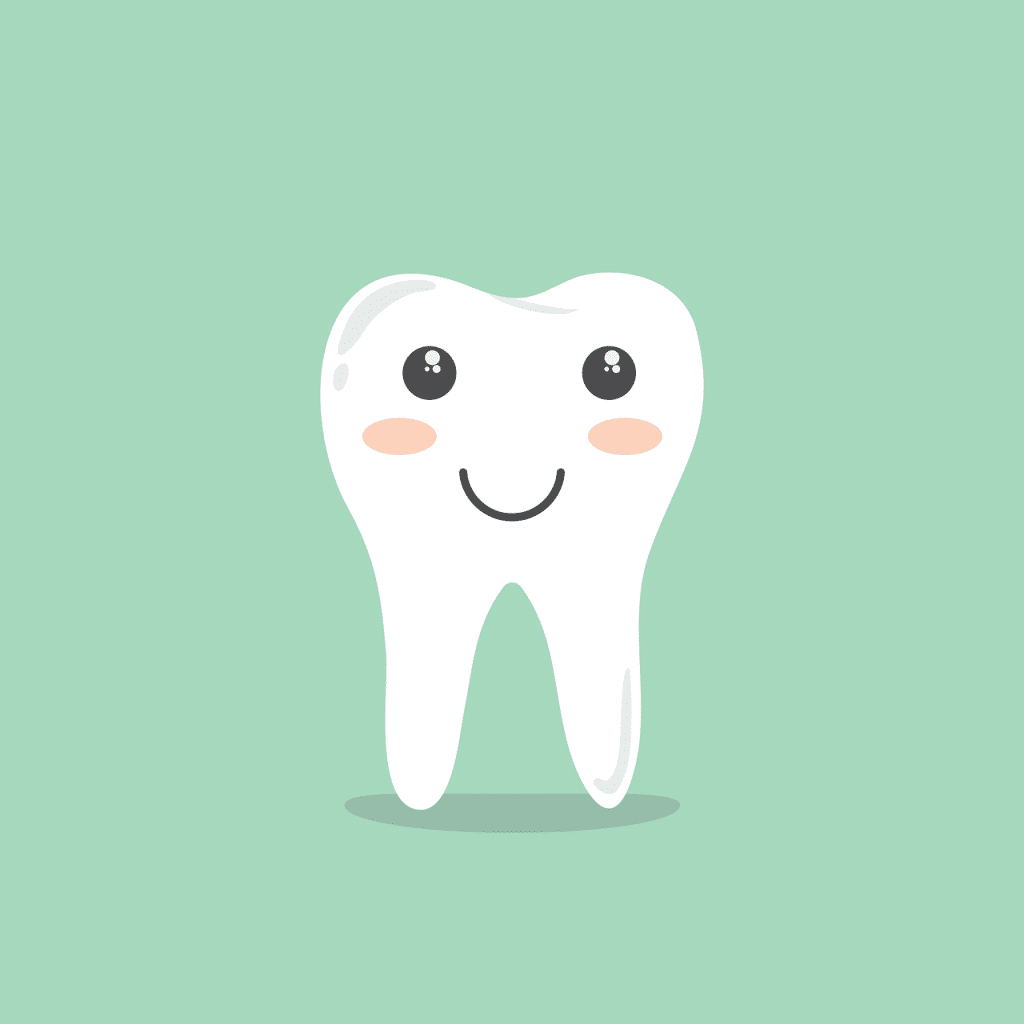25September 2023
Have you ever wondered about the distinction between standard cleaning and deep cleaning? When it comes to maintaining a clean and healthy living space, it’s crucial to understand the nuances of these two cleaning methods. While standard cleaning focuses on surface-level tidying and maintenance, deep cleaning goes the extra mile by targeting hard-to-reach areas and thoroughly eliminating dirt and grime. By delving into this article, you’ll gain a comprehensive understanding of the difference between standard cleaning and deep cleaning, enabling you to make more informed decisions when it comes to keeping your home pristine.

This image is property of pixabay.com.
What is standard cleaning?
Definition
Standard cleaning refers to the regular maintenance cleaning that is done on a consistent basis to maintain cleanliness and tidiness in a home or any other space. It involves the daily or weekly tasks that focus on keeping surfaces clean, removing visible dirt, and organizing the space.
Purpose
The purpose of standard cleaning is to maintain a clean and hygienic environment. By regularly cleaning surfaces, dusting, and sweeping, you can prevent the accumulation of dirt and bacteria that can lead to health issues. Standard cleaning aims to keep the space looking presentable and pleasant to be in.
Frequency
Standard cleaning should be done on a regular basis, depending on the level of usage and the specific needs of the space. For most homes, a weekly standard cleaning routine is sufficient to keep things tidy and organized. However, high-traffic areas or spaces with specific hygiene requirements may need more frequent cleaning.
What is deep cleaning?
Definition
Deep cleaning, also known as a deep scrub or a thorough cleaning, goes beyond the surface cleaning of standard cleaning. It involves more detailed and intensive cleaning tasks that target hidden dirt, grime, and bacteria. Deep cleaning is aimed at removing deeply embedded dirt, stains, and allergens.
Purpose
The purpose of deep cleaning is to achieve a higher level of cleanliness and to address areas and items that are often neglected in standard cleaning routines. It helps to eliminate tough stains, buildup, and hidden germs that standard cleaning might not effectively tackle. Deep cleaning is especially beneficial for improving indoor air quality and creating a healthier environment.
Frequency
Deep cleaning is typically done less frequently than standard cleaning and is often done on a seasonal or as-needed basis. Depending on the specific needs of the space and the level of cleanliness required, deep cleaning can be done every few months or even once a year. It is important to assess the condition of the space and the level of dirt or grime to determine the appropriate frequency of deep cleaning.
Cleaning Methods
Tools and Materials
Both standard cleaning and deep cleaning require specific tools and materials to achieve optimal results. For standard cleaning, basic tools like brooms, mops, microfiber cloths, and cleaning solutions are commonly used. Deep cleaning, on the other hand, may require additional tools such as carpet cleaners, steam cleaners, specialized cleaning agents, and scrub brushes.
Techniques
Standard cleaning techniques usually involve simple tasks like sweeping, dusting, mopping, and wiping surfaces. Deep cleaning, however, requires more thorough techniques to tackle tough stains, dirt, and grime. This may include deep scrubbing, steaming, vacuuming upholstery and carpets, and using specialized cleaning methods for hard-to-reach areas.
Areas Covered
Standard Cleaning
Standard cleaning typically covers the main living areas of a space. This includes areas like the living room, bedroom, kitchen, and bathroom. In these areas, tasks such as dusting surfaces, vacuuming or sweeping floors, cleaning countertops, and sanitizing bathroom fixtures are commonly performed.
Deep Cleaning
Deep cleaning encompasses a more comprehensive range of areas, including those that are often overlooked in standard cleaning routines. This may include cleaning behind appliances, inside cabinets, under furniture, baseboards, and hard-to-reach corners. Deep cleaning also involves cleaning carpets, upholstery, and other fabric surfaces to remove deeply embedded dirt and allergens.

This image is property of pixabay.com.
Timeframe
Standard Cleaning
The timeframe for standard cleaning can vary depending on the size of the space and the specific tasks involved. On average, standard cleaning for a moderate-sized home can take anywhere from one to three hours. However, this can be significantly shorter or longer depending on the thoroughness of the cleaning routine and the number of people involved.
Deep Cleaning
Deep cleaning generally requires more time and effort compared to standard cleaning. The duration of deep cleaning depends on various factors such as the size of the space, the level of dirt and grime present, and the specific tasks involved. Deep cleaning for an average-sized home can take anywhere from four to eight hours or even longer for more extensive cleaning projects.
Cost
Standard Cleaning
The cost of standard cleaning can vary depending on several factors, including the size of the space, the frequency of cleaning, and any additional services required. Many individuals choose to perform standard cleaning tasks themselves, which reduces the financial investment. However, hiring professional cleaners for standard cleaning services can range from $50 to $150 per visit, depending on the scope of work required.
Deep Cleaning
Deep cleaning is generally more time-consuming and labor-intensive than standard cleaning, which can make it more costly. The cost of deep cleaning depends on factors such as the size of the space, the specific tasks involved, and the level of dirt and grime present. On average, professional deep cleaning services can range from $200 to $500 or more, depending on the complexity of the cleaning job.

This image is property of pixabay.com.
Importance of Standard Cleaning
Maintaining Cleanliness
Standard cleaning plays a crucial role in maintaining cleanliness and tidiness in a space. Regularly wiping surfaces, dusting, and vacuuming help remove dirt, dust, and allergens, creating a cleaner and more pleasant environment to live in.
Preventing Build-up
Standard cleaning helps prevent the build-up of dirt, grime, and bacteria. By maintaining a regular cleaning routine, you can prevent the accumulation of dust and dirt, making the cleaning process more manageable and reducing the need for more extensive cleaning methods in the future.
Maintaining a Healthy Environment
Standard cleaning promotes a healthier living environment by reducing allergens and contaminants. Regularly sanitizing surfaces and cleaning commonly used areas like kitchens and bathrooms help eliminate germs and bacteria, minimizing the risk of illnesses and promoting overall well-being.
Importance of Deep Cleaning
Thorough Cleaning
Deep cleaning ensures a more thorough and comprehensive cleaning of the space. By targeting hard-to-reach areas and deeply embedded dirt, deep cleaning improves the overall cleanliness and appearance of the space, leaving it fresh and rejuvenated.
Eliminating Hidden Dirt and Germs
Deep cleaning focuses on eliminating hidden dirt, grime, and bacteria that may not be visible during regular cleaning. It involves cleaning areas and items that are often overlooked, ensuring a more hygienic environment and reducing the risk of infections and allergies.
Improving Indoor Air Quality
Deep cleaning, especially for carpets, upholstery, and fabric surfaces, helps improve indoor air quality by removing allergens, dust mites, and other pollutants. This is particularly important for individuals with respiratory conditions or allergies, as it reduces the exposure to potential triggers and promotes better breathing.

When to Choose Standard Cleaning
Maintenance Cleaning
Standard cleaning is ideal for regular maintenance cleaning, as it helps sustain cleanliness and organization in a space. By incorporating standard cleaning tasks into a routine, you can keep your space looking clean and presentable at all times.
Regular Cleaning Routine
Standard cleaning should be incorporated into a regular cleaning routine to ensure the ongoing cleanliness and hygiene of a space. By dedicating specific time slots for standard cleaning tasks each week, you can establish a consistent cleaning routine that helps maintain cleanliness and tidiness.
When to Choose Deep Cleaning
Before Special Occasions
Deep cleaning is particularly beneficial before special occasions or events when you want your space to look its best. By performing a deep clean before hosting guests or parties, you can ensure a clean and welcoming environment for everyone to enjoy.
Moving In/Out
Deep cleaning is essential when moving into a new space or preparing to move out of a current one. It involves thoroughly cleaning all areas of the space, including hidden corners and difficult-to-reach areas, ensuring a fresh start or leaving the space in top condition for the next occupant.
Post-Renovation
Deep cleaning is crucial after any renovation or construction work in a space. It helps remove dust, debris, and any residue left behind by the construction activities. Deep cleaning ensures that the space is clean, safe, and ready to be used after any remodeling or renovation project.
In conclusion, both standard cleaning and deep cleaning are important for maintaining a clean and healthy living environment. Standard cleaning focuses on regular maintenance and upkeep, while deep cleaning targets hidden dirt and deeply embedded grime. By incorporating both types of cleaning into your routine, you can ensure a clean, tidy, and pleasant space for yourself and others. Remember to consider the specific needs of your space and adjust the frequency and intensity of cleaning accordingly.

